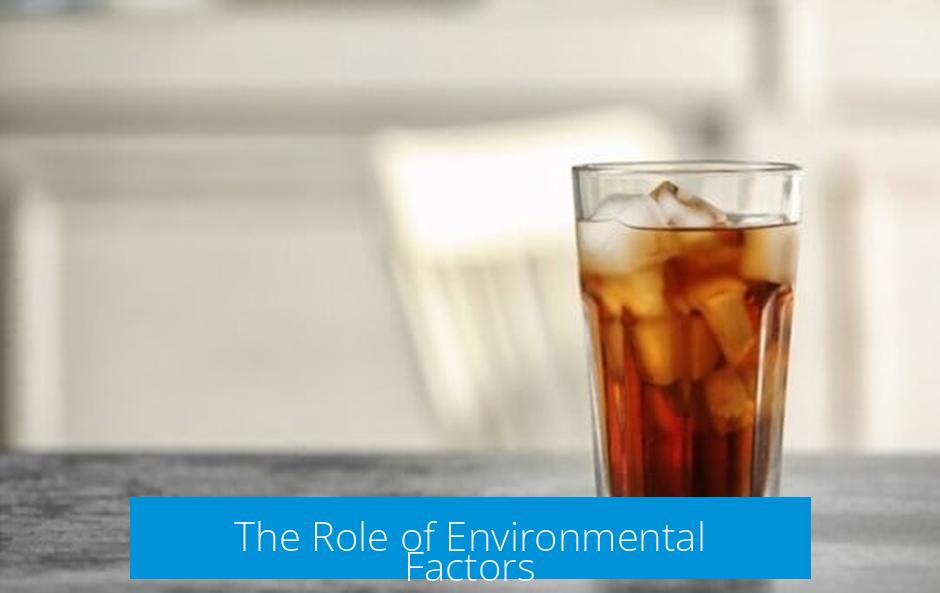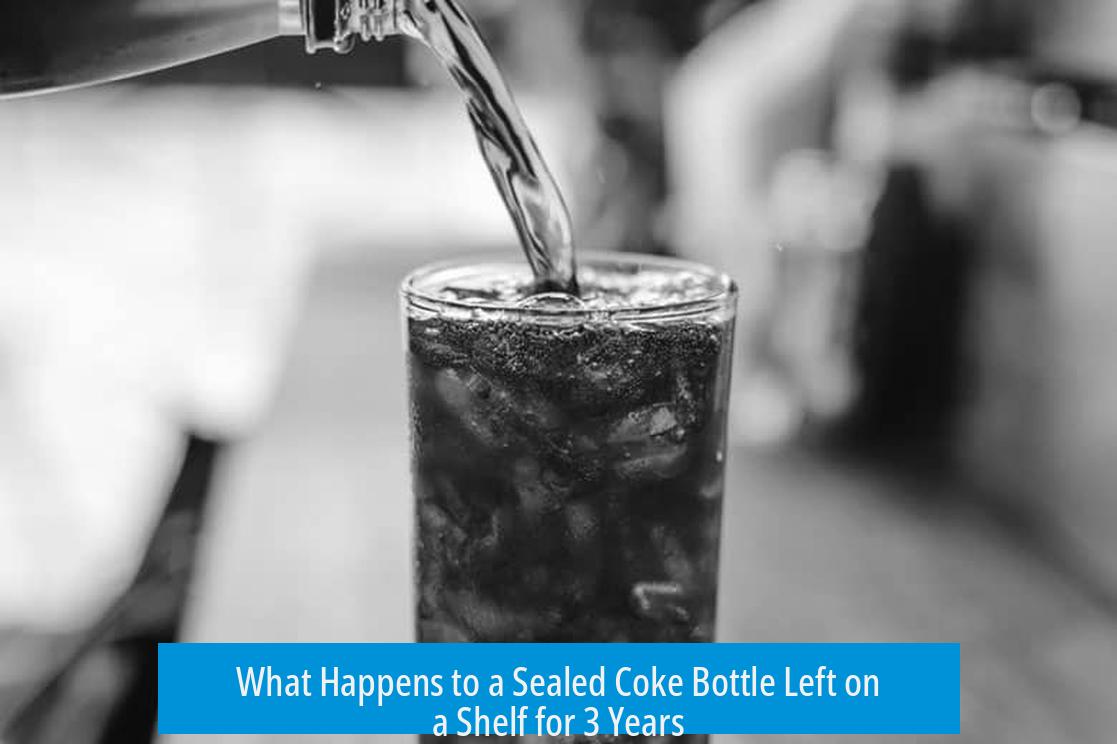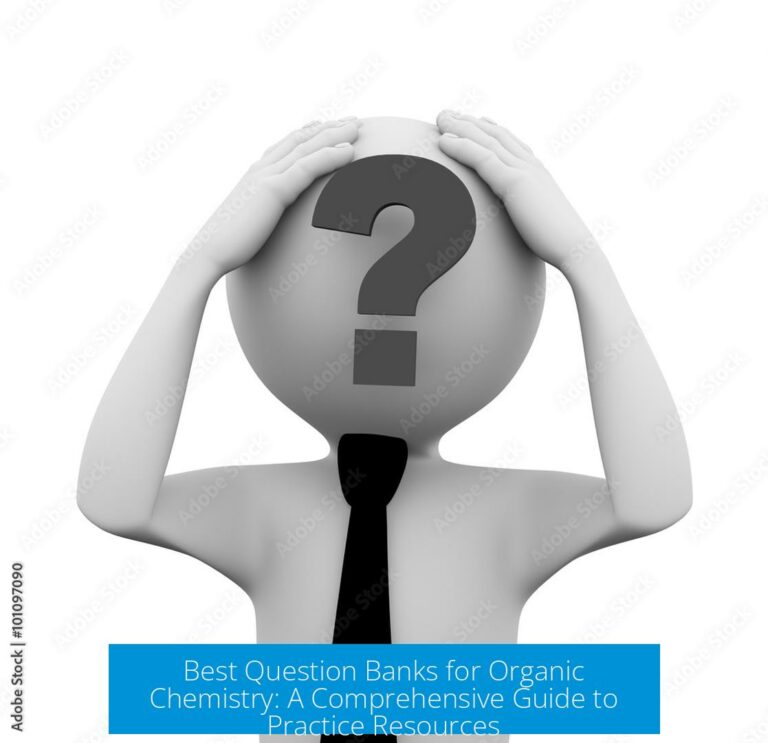What Happens to a Sealed Coke Bottle Left on a Shelf for 3 Years?

A Coke bottle left sealed for three years can change color and exhibit signs of physical reaction due to chemical breakdown of caramel coloring, slow gas exchange through the plastic, and plastic bottle shrinkage from environmental factors. These changes explain why the Coke may lighten in color and why the bottle may appear deformed or collapsed.
Why the Coke Changes Color Over Time
The dark color of Coke results from caramel coloring, a product of heated and polymerized sugars. Over long periods, acids like phosphoric acid in Coke can break these large coloring molecules into smaller, uncolored sugar fragments.
- This breakdown causes gradual fading of the liquid, potentially making it appear lighter or clearer.
- Exposure to heat and ultraviolet (UV) light accelerates this process by fragmenting molecules faster.
While the color change may be subtle, holding the Coke against light reveals differences due to these chemical reactions altering the coloring compounds.
Air and Gas Changes Inside the Bottle
Despite being sealed, Coke bottles are not perfectly airtight over long durations. Plastic and bottle caps allow slow permeation of gases and water vapor.
- Carbon dioxide (CO2) gradually escapes, reducing the carbonation.
- Oxygen can enter the bottle slowly, potentially reacting further inside.
- Water vapor leaves through the plastic, resulting in slight volume loss.
These gas exchanges diminish internal pressure over time until it equilibrates with atmospheric pressure.
Physical Shrinkage of the Plastic Bottle
The plastic bottle often shows shrinkage or deformation like collapsing inward. This occurs primarily due to temperature-related effects on the plastic polymer.
- Polyethylene terephthalate (PET), the bottle material, can contract when heated above its glass transition temperature.
- The original shape is a metastable state “locked in” during manufacturing, and heat allows chains to rearrange into a denser, more stable form.
- Seasonal temperature changes cause internal pressure to fluctuate, contributing to physical deformation.
The plastic shrinkage is unrelated to gases escaping but driven by thermodynamics and polymer physics. In some cases, chemical ingredients might act as plasticizers, subtly altering the plastic’s properties over time.
The Role of Environmental Factors

Heat and light exposure on the shelf play critical roles in accelerating these changes.
- Sunlight and UV radiation hasten both chemical breakdown of color molecules and potential polymer chain rearrangement.
- Temperature swings cause internal pressure to vary, contributing to bottle shrinkage especially during colder months.
In the absence of sunlight or temperature extremes, these processes would occur much slower but still unfold given enough time.
Summary of Key Factors
| Phenomenon | Cause | Effect |
|---|---|---|
| Color Change | Breakdown of caramel coloring by phosphoric acid and UV heat | Liquid fades to lighter color over time |
| Gas Exchange | Slow leakage of CO2 and permeation of O2 through plastic | Loss of carbonation, internal pressure equalizes |
| Bottle Shrinkage | Polymer chain rearrangement in plastic due to heat | Physical shrinking, bottle deformation |
| Environmental Impact | Exposure to sunlight and temperature fluctuations | Speeds up chemical and physical reactions |
Final Considerations
What you observe in a sealed Coke bottle left for years is the product of slow, low-energy chemical and physical processes. The caramel coloring fades due to acid and light exposure. Gas slowly migrates through the plastic, changing pressure inside. The plastic bottle itself physically shrinks from heat-induced polymer changes. These factors combine to create the altered appearance and reaction signs even without opening the bottle.





Leave a Comment